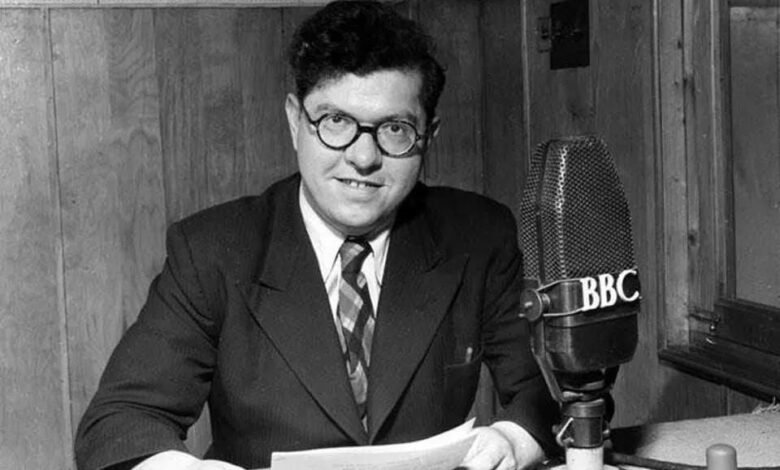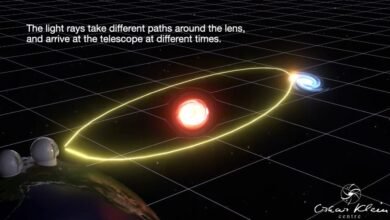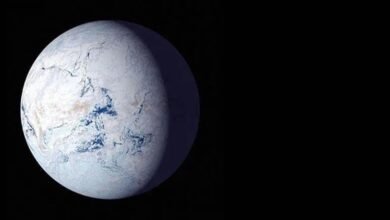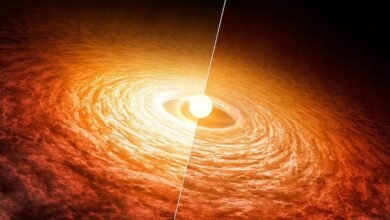The “Big Bang” turns 75, thanks to its greatest opponent | by Ethan Siegel | Starts With A Bang! | Mar, 2024

To Fred Hoyle, the Big Bang was nothing more than a creationist myth. 75 years later, it’s cemented as the beginning of our Universe.
One of the greatest, most profound questions ever asked by humanity is simply, “where did all this come from?” For thousands of years, you were likely only to get a speculative myth as your answer, as this was regarded as a question for philosophers, theologians, or poets: a question far beyond the reach of any sort of scientific endeavor. All of this changed in the 20th century, when advances in theory, observation, measurement, and instrument technology led us to a definitive answer for the first time: a hot, dense, largely uniform, and rapidly expanding state known as the Big Bang.
While the idea grew out of seeds that were planted in the 1920s and further developed throughout the 1940s, the name itself — Big Bang — was coined neither by someone who worked on developing that theory nor by someone who discovered a key piece of evidence supporting it, but instead by perhaps its greatest scientific detractor: British scientist Fred Hoyle. Hoyle, a frequent guest on BBC radio throughout his life, simply refused to believe that the idea of the Universe having an origin at a single moment in time was anything other than a preposterous creation myth itself. But in science, unlike any other discipline, it is not:
- popular opinion,
- the decree of an authority figure,
- or intuition or sensibility,
that determines what is true; it’s the evidence provided by the Universe itself. Here’s the story of the Big Bang, and its current status a full 75 years after its name originated.
Back in the 1910s and 1920s, two developments set the stage for the later emergence of what would come to be known as the Big Bang. One of those was purely theoretical: when, in 1915, Einstein put forth his daring new theory of gravity, General Relativity. Instead of gravity being an invisible force, acting instantly across…
Source link





